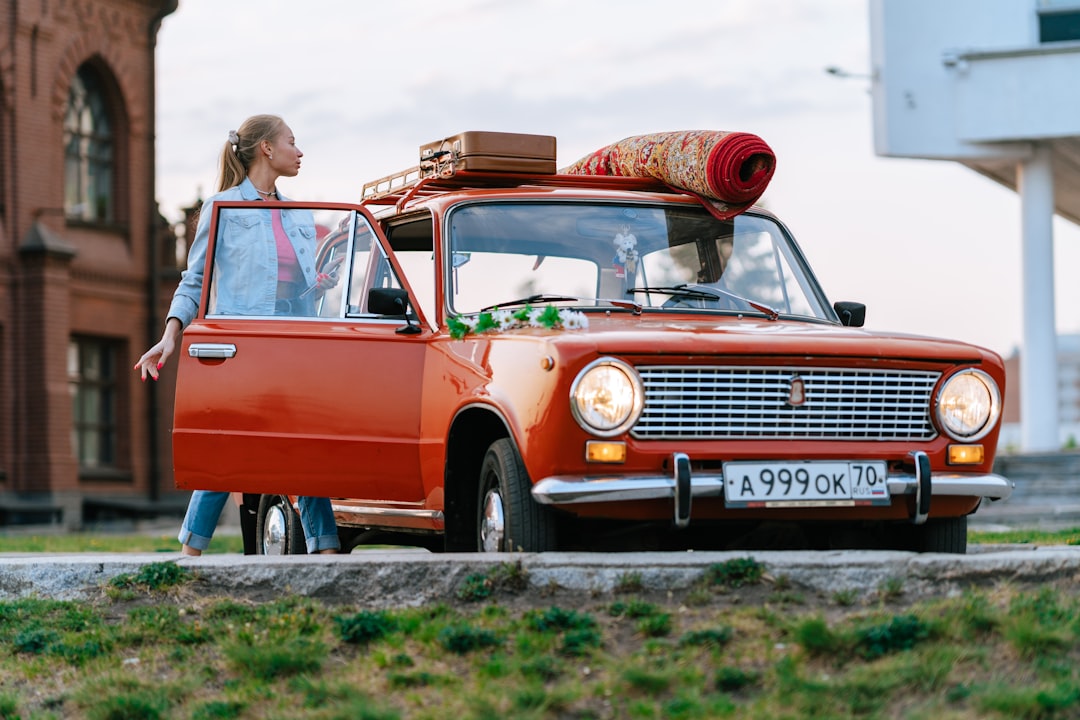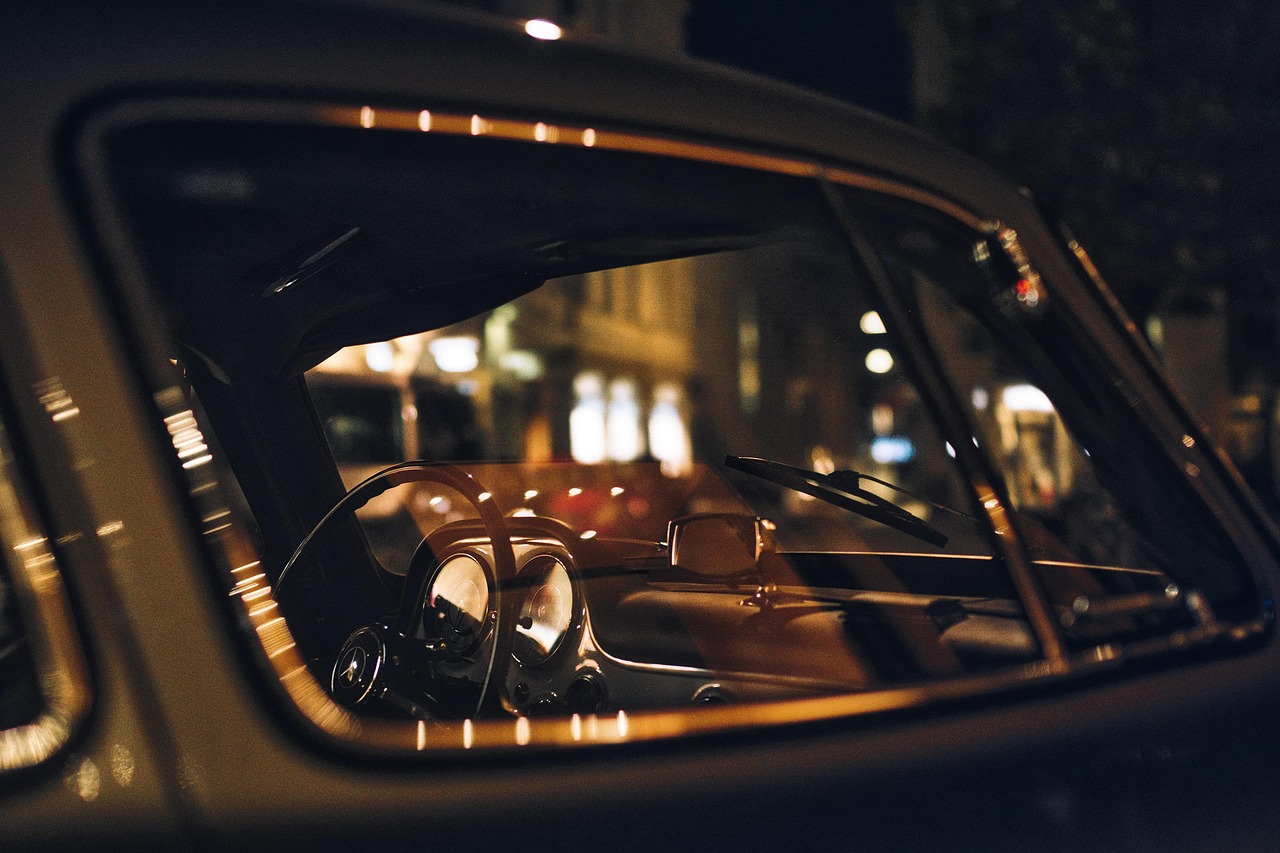
When it comes to prepping for unexpected situations on the road, building the ultimate emergency car kit is a smart move for anyone who values safety and preparedness. Whether you’re an outdoor enthusiast, a seasoned prepper, or just someone who wants peace of mind during a daily commute or weekend road trip, having the right automotive essentials on hand can make all the difference. From roadside emergencies like flat tires to more serious survival situations, a well-stocked car emergency preparedness kit is your first line of defense. This guide will walk you through the must-have prepper supplies and safety supplies for vehicles, ensuring you’re ready and protected for anything no matter where your journey takes you!
Essential Prepper Supplies
Getting the right prepper supplies for your car is crucial in ensuring you’re ready for any roadside emergencies or unexpected situations. This section will guide you through the essentials needed to keep you safe and prepared.
Roadside Emergencies Must-Haves
Roadside emergencies can be daunting if you’re not equipped with the right tools. A flat tire, a dead battery, or engine trouble can happen anytime. Being prepared with must-have tools can save you time and stress.
Jumper Cables: Essential for jump-starting a dead battery. Make sure they’re at least 10 feet long.
Spare Tire and Jack: Always keep a fully inflated spare tire and a jack on hand to replace a flat tire. For my ladies, definitely keep a can of Fix-a-Flat on hand in case you need to fill a tire in a hurry due to weather or an unsafe location.
First Aid Kit: Basic medical supplies can be life-saving in minor accidents.
Flashlight: A reliable, battery-powered flashlight is a must for nighttime breakdowns.
Portable tire inflator and battery jumper. If you can get these, both are good to have.
Even if you have roadside assistance protection, it’s always good to have these items on hand in case you can get help sooner if you have a long wait for them to arrive.

Safety Supplies for Vehicles
Safety supplies are just as important as tools for handling breakdowns. These items ensure you’re visible and secure in potentially hazardous situations.
Reflective Triangles: Place them around your vehicle to alert other drivers.
Emergency Blanket: Provides warmth if you’re stuck in cold weather.
Fire Extinguisher: A small, vehicle-appropriate extinguisher is essential for fire risks.
Safety Vest: Enhances your visibility on the roadside.
For more comprehensive advice on safety supplies, visit Ready.gov’s checklist.
Building Your Survival Kit
Building a survival kit for your car involves gathering essential items that will help you in any survival scenario. This section offers a checklist and practical tips to ensure your kit is top-notch.
Automotive Essentials Checklist
Creating a comprehensive checklist of automotive essentials can make building your kit a straightforward and systematic process.
Water and Non-perishable Food: Always store enough for at least 72 hours. Keep in mind the season – if you’re in an area that gets very hot in the summer, keep these items by the door in a lunchbox to grab when you leave. Have water in packets, granola bars, protein packets (such as tuna), and plastic utensils. Napkins, utensils, salt, pepper packets, and other condiments you pick up from rest stops or drive-thrus can go in here, too.
Multi-tool: Handy for various repairs and adjustments.
Weather Gear: Rain ponchos and thermal blankets for harsh conditions. If you have a spare pair of rubber boots, put those in there in case of flooding or any other situation where you need your feet completely covered.
Maps and Compass: GPS navigation isn’t always reliable; have a backup.
These are items that can fit into a small tote and be stored in the trunk or bungeed in the back. Of course, consider other items that may be appropriate for your region, such as an ice scraper or hydration boosters like Pedialyte or Liquid IV, in very hot and dry areas.

Car Emergency Preparedness Tips
Proper preparedness tips can make all the difference in a crisis. Here are some practical steps to enhance your readiness:
Regularly Check: Inspect your kit every six months for expired items.
Customize Your Kit: Tailor it according to your climate and driving habits.
Practice Scenarios: Familiarize yourself with using each item.
Explore more in-depth preparation tips here.
Maintaining Your Emergency Car Kit
Maintaining your kit ensures it’s ready when you need it. This section covers how to keep your supplies fresh and securely stored.
Rotating and Updating Supplies
Rotating supplies is essential to ensure everything is in working order. Expired or outdated items can compromise your safety.
Check Expirations: Rotate food, water, and medications regularly.
Replace Old Tools: Swap out tools showing wear and tear.
Update Seasonally: Adjust your kit for seasonal weather changes.
Consistent maintenance avoids unpleasant surprises in emergencies.
Long-term Storage Solutions
Long-term storage is about keeping your kit accessible yet secure. Proper storage can prevent damage and extend the life of your supplies.
Use Sturdy Containers: Durable, waterproof containers protect your items.
Organize by Priority: Keep high-need items easily accessible.
Secure in Vehicle: Ensure your kit is stable and won’t shift during driving.

Most Importantly: Maintaining Your Car
While having all of the above is great, as the saying goes, “an ounce of prevention is worth a pound of cure.”
Keeping Your Car Road Ready
Here are some tips to make sure your car is ready for the road and (hopefully) not on the side of it!
Make sure your tires are properly inflated.
Ensure your windshield wipers are in good condition and that the reservoir has sufficient fluid.
Keep your oil changed as recommended for your vehicle and don’t skimp on this! Regular oil changes are the key to your car’s smooth operation and longevity.
If a light comes on your dashboard, don’t ignore it! Find out what it’s for and have it addressed.
Car repairs are never welcome, but you don’t want to be stuck on the side of the road when simple maintenance could have prevented it. While it may be inconvenient and ding your budget, it ensures your safety. Which brings me to…

Staying Safe During a Car Emergency
We’ve all been there – maybe it was a flat tire or your engine quit. Maybe you got a tank of bad gas that shuts your car down. That happened to my mother and me late one night. We really needed to get gas, and we ended up at a sketchy gas station in a seedy area, crawling with creepy people looking for a target. I had to guard my mom with a baseball bat and some serious crazy eyes to keep them at bay (I was a teenager), and after leaving there, we didn’t get far before the car stopped. It turned out to be bad gas. Thankfully, we were in a better area, but we may have risked our lives for something that wasn’t worth it. From then on, we made a pact – we would never let the car get below a quarter of a tank, and ALWAYS fill up during the day. Here are some tips:
Never let your car get below a quarter of a tank if you can help it.
Make sure your phone is charged and that you have a portable charger in case your car charger stops working.
If you believe your car is going to break down or you have a flat, try to get to a lighted area or a manned gas station. Avoid being on the side of the road alone and in the dark for any reason!
In the event of an accident, your primary concern should be your safety, especially at night. Women have become victims by being deliberately hit from behind and attacked when they got out of the car. Indicate you are going to a populated area or a gas station to exchange information. Do not get out of the car in an isolated area with a stranger! If your Spidey Senses are tingling, trust it, and call the police immediately. A police officer once pulled me over, and although we were on a dark street, I stopped immediately. He told me NEVER do that, even with the police; move to a lighted area.
Pay for Roadside Assistance. If your car breaks down, especially at night and in an area where you don’t feel safe, using it one time makes it worth whatever they charge for the year.
Tell someone of your plans. If you’re going out or traveling during off-hours and alone, let someone know and send them a text once you arrive and return home.
Read my articles about safety when out and about here.

Here are some additional helpful links for further reading:
For more detailed guidance, check out this comprehensive list of car emergency kits.
Check out this emergency kit list too!
For a comprehensive kit, check out this guide.
For more on effective storage methods, visit this instructive guide.


